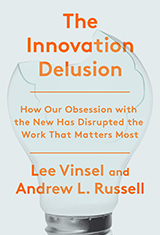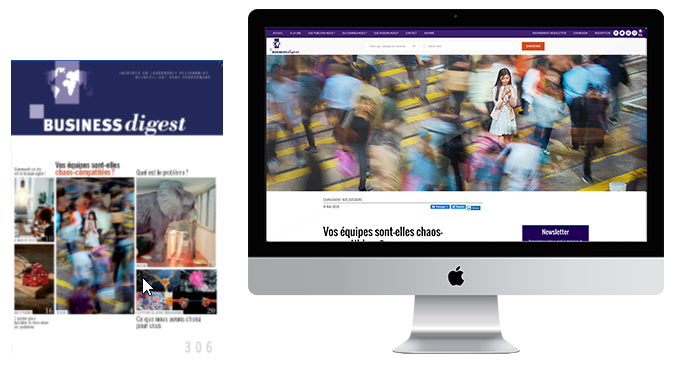5 reasons to invest in long-term maintenance
(instead of breaking what you have to innovate)
Everyone gets carried away by the start-up mindset, while talking about maintenance and upkeep leaves most of us cold. And yet, we’d all benefit from taking a closer look at the latter! Maintenance provides added value, and it’s much more important and responsible in the long term than it appears.
Exponential growth, constant innovation, disruption of existing players and atypical work environments: start-up culture is the stuff of dreams. Perhaps you’re tempted to infuse the spirit of innovation and entrepreneurship in your teams. But the desire for disruption at all costs could lead you to lose sight of the nuts and bolts of sustainable growth; that is, managing your resources carefully and being constantly alert to the impact of your activity on people and the environment. Why not put the race for innovation on pause and redirect your efforts to a more frugal approach geared towards the optimal use and maintenance of existing resources?

The Innovation Delusion
Lee Vinsel et Andrew L. Russell
(Currency, septembre 2020).
Innovation at all costs is a trap
Do you think there’s been a rapid rise in the number of innovations in recent decades? In reality, economists have calculated that the innovation rate has been falling since the 1970s. Perhaps, like many, you have been misled by the profusion of incremental innovations that are seldom useful, which are the upshot of the imperative “to innovate at all costs”. Is that dual camera on your phone really an innovation? Does it meet a need?
Business has embarked on a race for innovation that isn’t entirely ethical, and the cost of disruption at any price is high. It depletes natural and human resources, while the extra gimmicks provide little in the way of added value. In addition, this quest incites us to consume more and more, always buying the latest version and throwing away devices that could be repaired. In brief, it encourages unethical behavior.
Budgets – and recognition – are steered towards innovative projects instead of maintaining what is already there. Ensuring that resources last, however, and facilitating repair and maintenance are also a major source of innovation and are part of a sustainable approach. You should review where you invest your innovation efforts and channel them to frugal innovation initiatives. For instance, at the start of a product’s design phase, find out how to reduce the number and complexity of its parts so its maintenance and replacement can be streamlined, or how to recycle the product and uncover a second use for it when it reaches the end of its life. You’ll be innovating for the common good.
© Copyright Business Digest - All rights reserved



